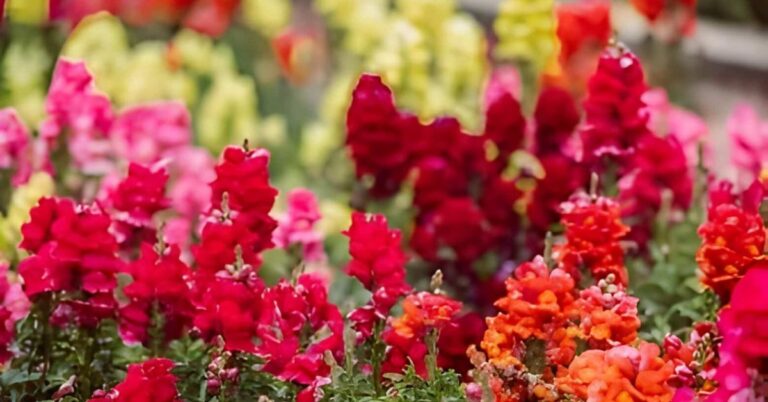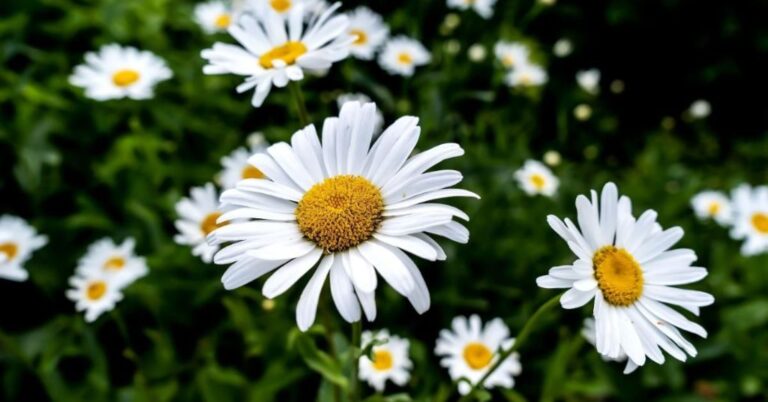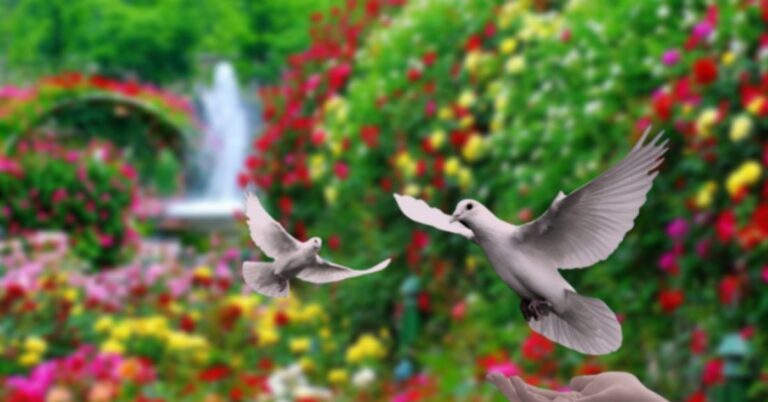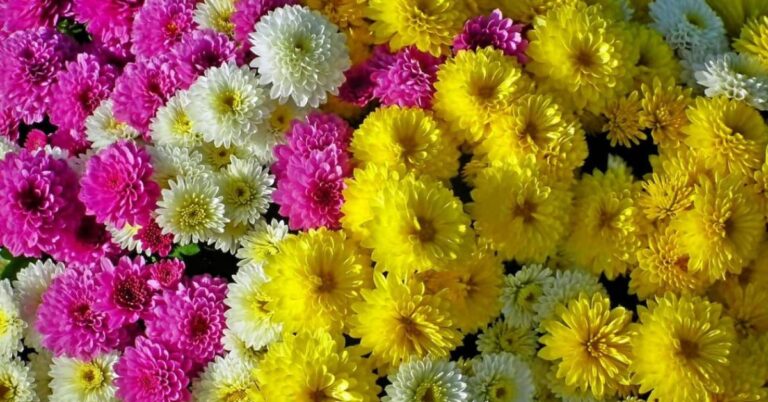Gladiolus From caretaking to symbolism: find out all about gladiolus!
In the grand tapestry of nature’s flora, few flowers boast a history as rich and multifaceted as the gladiolus. Known for its striking spikes adorned with vibrant blooms, this captivating plant not only enchants gardens but also weaves its way through cultural symbolism and personal expression.
Discover how it has evolved from a cherished garden staple requiring meticulous care to an enduring symbol in art and literature. Whether you’re a seasoned gardener or simply someone intrigued by floral meanings, join us as we uncover the layers behind gladiolus—its cultivation techniques, historical significance, and its role in modern symbolism. Prepare to be inspired by the stories that bloom alongside these magnificent petals!
GLADIOLUS: CHARACTERISTICS AND FLOWERS
Gladiolus, often referred to as the sword lily, is admired not only for its striking vertical flower spikes but also for its diverse range of colors and sizes. These perennials showcase elongated leaves that resemble swords, contributing to their dramatic presence in gardens and floral arrangements alike. Different species exhibit unique characteristics; some may yield tall stalks with large blooms, while others are more compact. This versatility makes gladiolus a favorite among gardeners seeking both height and texture in their floral displays.
TYPES OF GLADIOLI
Large-flowering gladioli are the stars of any garden, boasting impressive spikes that can reach heights of up to five feet. Their blooms, which often measure 4 to 6 inches across, display a vivid array of colors ranging from soft pastels to bold jewels. Notably, these flowers tend to open sequentially from the bottom upwards, creating a stunning cascade effect that draws attention and admiration. With their tall stature and dramatic presence, large-flowering gladioli are perfect for backdrops or focal points in floral arrangements.

Small-flowering gladioli present a charming alternative with their more compact growth habit and delicate blossoms. Typically reaching only about two to three feet tall, these varieties pack a colorful punch without overwhelming smaller spaces. Each flower is smaller but no less captivating; they bloom profusely along the spike giving off an enchanting fragrance that attracts pollinators like bees and butterflies. Small-flowering gladioli often come in softer hues or pastel shades—ideal for cottage gardens where subtlety is key.
THE FRAGRANT ABYSSINIAN GLADIOLUS
The Fragrant Abyssinian Gladiolus, known scientifically as Gladiolus abyssinicus, stands out not just for its striking appearance but also for its unique aroma that enchants both gardeners and pollinators alike. Native to the highlands of East Africa, this flowering plant thrives in altitudes that make it a resilient beauty against various environmental challenges. With long, slender blooms ranging from soft pastels to vibrant brights, it creates a visual spectacle in any garden or floral arrangement.
The Abyssinian Gladiolus apart is its remarkable scent—an olfactory delight reminiscent of sweet citrus mingled with hints of jasmine. This fragrance plays a crucial role beyond aesthetics; it attracts an array of pollinators essential for biodiversity in local ecosystems.
GLADIOLI IN YOUR VASE: CARETAKING TIPS
Displaying gladioli in your vase, one of the most crucial aspects is water management. These vibrant blooms thrive best in a clean environment; thus, always start with fresh, room-temperature water.
Adding a floral preservative can work wonders by providing essential nutrients and reducing bacterial growth. After placing them in the vase, ensure that any leaves below the waterline are trimmed away to minimize rot—this not only prolongs their lifespan but also enhances their aesthetic appeal.
Key tip is to rotate your gladioli regularly within the vase. This simple act allows all sides of the flowers to receive equal exposure to light, promoting an even growth pattern and keeping them standing tall rather than leaning toward one side. Be mindful of temperature extremes; placing your arrangement away from direct sunlight or heating vents helps maintain a more stable environment for these delicate buds.
How To Plant GLADIOLUS
Planting gladiolus can be a rewarding endeavor, as these vibrant flowers add a splash of color to any garden. To begin the process, select your corms—these bulb-like structures are where the magic starts. Opt for healthy, firm corms that show no signs of rot or damage. Timing is crucial; aim to plant gladiolus in the spring after the last frost has passed, allowing them just enough warmth to thrive and develop their lush foliage and tall spikes.

GLADIOLI: LOCATION AND CARETAKING
The ideal location for your gladioli, think about their yearning for bright sunlight. A well-lit spot that receives at least six hours of direct sunshine daily is essential for these vibrant flowers to thrive. Whether you opt for planting them in a garden bed or pots, ensure they are situated in well-draining soil to prevent root rot — a common issue that can deter their growth. If you’re cultivating them in colder regions, overhead protection can safeguard the bulbs from frost damage, allowing them to flourish into the rising spring.
Caretaking gladioli isn’t just about watering and fertilization; it’s also about understanding their unique growth cycle. Regularly check their stalks as they grow; staking may be necessary to provide support when the tall blossoms begin to lean under their own weight.
PRUNING GLADIOLUS
Pruning gladiolus is an essential step to ensure robust growth and vibrant blooms in the following seasons. Unlike many perennial flowers, gladiolus are often treated as annuals in colder climates, but proper pruning can extend their lifespan and enhance their visual appeal. After the flowering phase has completed, it’s crucial to remove spent flower stalks—this not only redirects energy back into the bulb but also prevents potential disease by minimizing moisture retention on decaying stems.
WINTER-PROOFING AND STORING GLADIOLUS: A STEP-BY-STEP PLAN
Winter-proofing and storing gladiolus effectively requires a keen understanding of their unique needs. Start by carefully digging up the corms after the first frost when the foliage has turned yellow. Gently loosen the soil around them, taking care not to damage the corms. Shake off excess dirt and let them dry in a shaded area for 24 hours; this helps prevent rot during storage.
Once dried, it’s crucial to inspect each corm for signs of disease or damage—discard any that don’t meet ideal standards.
Next, pack your healthy gladiolus corms in peat moss or vermiculite within breathable cardboard boxes; this method allows for airflow while protecting them from excessive moisture loss. Store these boxes in a cool, dark place with temperatures maintained between 35°F to 50°F; basements or unheated garages often serve as great options. Regularly check on your stored corms throughout winter to ensure they remain firm and healthy, ready for planting once spring arrives!
ARE GLADIOLI POISONOUS?
The beauty of gladioli, one might wonder: are they poisonous? While these striking flowers—often seen adorning gardens and as cut bouquets—are not typically lethal to humans or pets, caution is still warranted. The gladiolus plant contains compounds that can cause mild gastrointestinal distress if ingested in significant quantities. Symptoms like nausea or vomiting may arise from consuming its bulbs or leaves, so it’s wise to keep curious children and furry friends at a safe distance.
GLADIOLUS SYMBOLISM
Gladiolus symbolism is rich and multifaceted, often embodying themes of strength and integrity. The flower, with its towering spikes and vibrant hues, serves as a metaphor for overcoming adversity and rising to challenges. In cultural contexts, gladiolus is frequently associated with the notion of moral fortitude; it encourages individuals to stand tall in their convictions. From ancient Roman times when gladiators were honored with these blooms after battle victories to contemporary interpretations that link them to resilience in the face of life’s struggles, the gladiolus has continually represented a powerful message.

GLADIOLUS ORIGINS
The origins of the gladiolus can be traced back to South Africa, where its vibrant hues and unique forms flourished in the wild. Known for their sword-like leaves, these stunning flowers have not only captivated nature lovers but also sparked intrigue among botanists and gardeners alike. The name gladiolus itself derives from the Latin word gladius, meaning sword, which aptly reflects the plant’s striking appearance.
Conclusion
The gladiolus is much more than just a vibrant and beautiful flower; it embodies a rich history of caretaking and symbolism that spans cultures and centuries. From its role in traditional gardening to its significance in various ceremonies, the gladiolus continues to captivate and inspire people around the world. Its striking appearance and variety of colors make it a popular choice for both novice gardeners and seasoned florists alike.
Understanding the deeper meanings associated with this flower can enhance our appreciation for nature’s artistry and its emotional resonance in our lives. As you explore the world of gladiolus, consider incorporating these stunning blooms into your garden or gifting them to loved ones to share their beauty and significance.
FAQs
What Does Gladiolus Symbolize?
Gladiolus, often referred to as the sword lily, carries a rich symbolism rooted in its name and characteristics. The word gladiolus is derived from the Latin term gladius, meaning sword, which reflects the plant’s tall, sword-like leaves. As such, gladiolus flowers are commonly associated with strength, integrity, and moral character. Their upright stature and vibrant blooms convey a sense of resilience and determination.
What is The Story of the Gladiolus?
The gladiolus, often referred to as the sword lily, has a rich history that dates back to ancient times. The name gladiolus is derived from the Latin word gladius, meaning sword, which reflects the shape of its long, pointed leaves. These flowers are native to Africa and parts of Europe and belong to the Iris family. Historically, gladioli were associated with strength and integrity, symbolizing the bravery of gladiators in ancient Rome who fought in arenas.
Why are Gladiolus So Important?
Gladiolus, often referred to as sword lilies, are significant for several reasons, both cultural and horticultural. Botanically, they belong to the genus Gladiolus and are celebrated for their striking flowers that bloom in a variety of colors and sizes. These perennials are popular among gardeners due to their ease of cultivation and ability to thrive in diverse climates, making them a favorite choice for adding vibrant color to gardens and floral arrangements.







